DODGEgallery
|
|
|
Robert de Saint Phalle, Curtain Call, installation view.
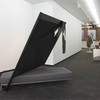
|
Robert de Saint Phalle, Curtain Call, installation view.
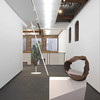
| |
Robert de Saint Phalle, Le Nana, 2011, polyurethane bag and cast crystal, 18 x 11 x 15 inches
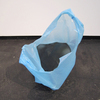
|
Robert de Saint Phalle, Curtain Call, installation view.
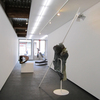
| |
Robert de Saint Phalle, Curtain Call, installation view.
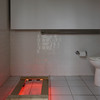
|
Robert de Saint Phalle, Curtain Call, installation view.
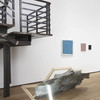
| |
| Artcards Review, "Bad timing, Good shows in the LES" - Amanda Schmitt |
| READ ONLINE | | The L Magazine, "Broken Frames and Shaky Stages" - Christopher Howard |
| READ ONLINE | | ArtPractical, "From New York: Curtain Call" - Christin Wong Yap |
| READ ONLINE | | Time Out, "Five Galleries Worth Visiting this Spring" - Howard Halle |
READ ONLINE  DOWNLOAD DOWNLOAD |
|
|
|
|
|
|
CURTAIN CALL: ROBERT DE SAINT PHALLE
|
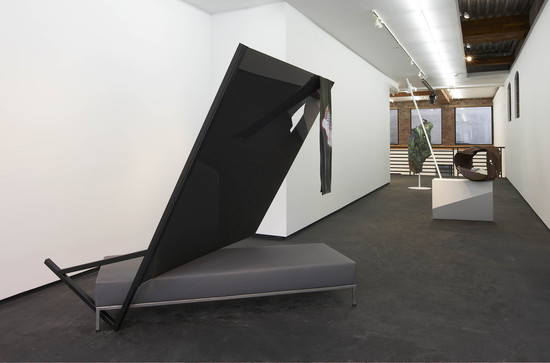
|
| IMAGE: Robert de Saint Phalle, Curtain Call, installation view. |
 HI-RES HI-RES |  |
 |
|
On View: February 19 — March 27, 2011
Reception: February 19, 2011 |
 DOWNLOAD PRESS RELEASE AS PDF DOWNLOAD PRESS RELEASE AS PDF
| DODGEgallery is pleased to present, Curtain Call, an exhibition of work by Robert de Saint Phalle, opening Saturday, February 19, 2011.
Contradictions, role-reversals, and de-stabilized expectations script Saint Phalle’s work. Despite unsteady appearances each part is essential to the integrity of the object whether conceptual, functional or aesthetic. Nothing is extraneous. Even with such rigorous economy of form, his work is poetic, abstract, and shifting.
Saint Phalle writes, “What concerns me as an artist is the space between what a thing seems to be and what it is.” A rusted barrel or a leaning sheet of glass assumes a precariousness, suggesting a frozen moment of collapse. But the element that seems most tenuous is the very thing that the artist uses to achieve balance. The play of form and function is often upturned: what seems functional is aesthetic, and what seems purely visual is what holds the piece together. In Chameleon a utilitarian steel frame becomes ornamental and an embellished painted surface becomes the operative support. His objects are vulnerable and uncertain; they are also striking declarative statements.
In Dress Rehearsal, a draped cloth is printed with an image of itself, and in Quarry a crisply cut edge mimics another shape within the piece. Often self-contained, drawing upon its own folding points of reference, his work is largely self-reflective. And it is sometimes inter-textual, giving nod to a context outside of itself, whether referencing its immediate surroundings or another space entirely. Saint Phalle’s pieces achieve both an interior and an aware presence.
Infrastructural elements common to gallery and theater are also upended. Pedestals, lighting, and seating are recast in new roles. They become performative objects. Dramatic form, figurative scale, and shelter-like structure add to their theatricality. Precarious and balanced, aesthetic and functional, self-contained and referential, Saint Phalle’s work inhabits the tenuous space between multiple contradictions.
|
|
|
| |
|
|
|
| |
|
|